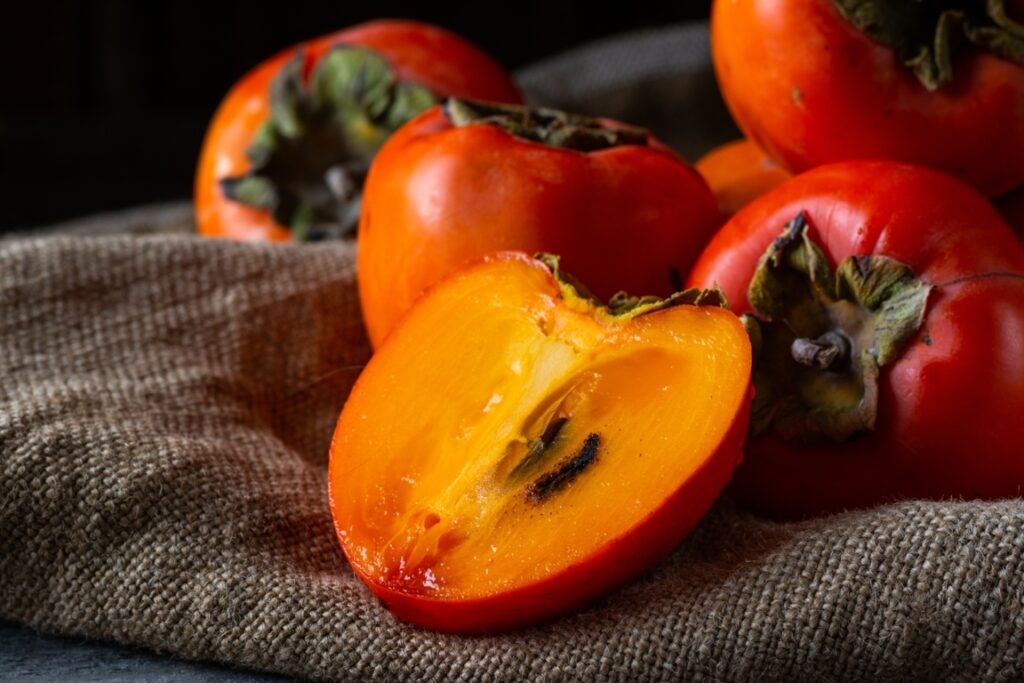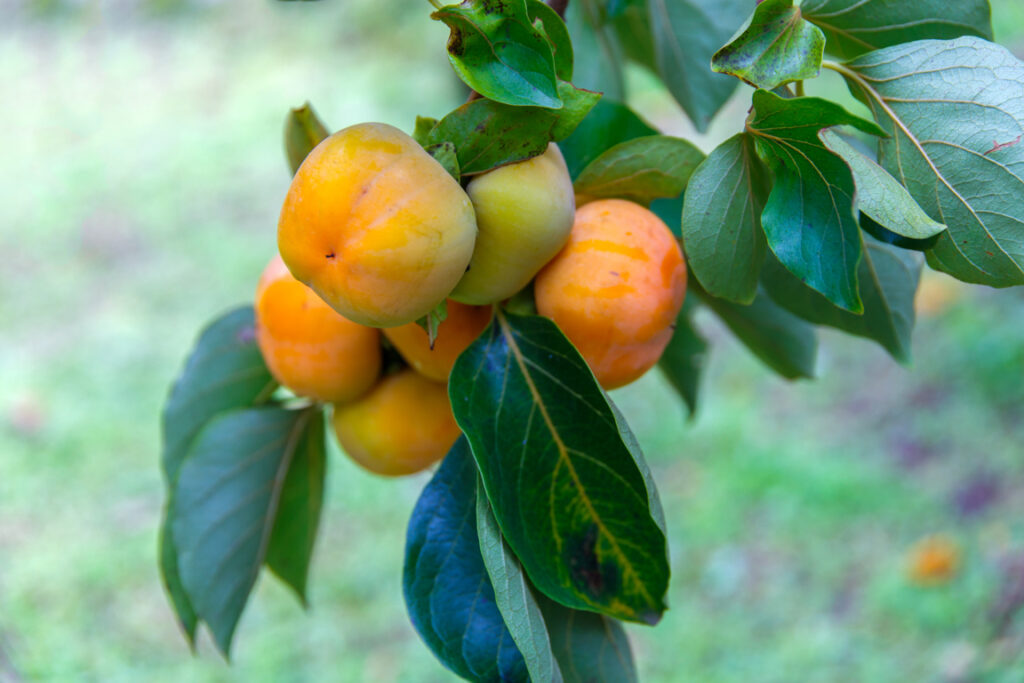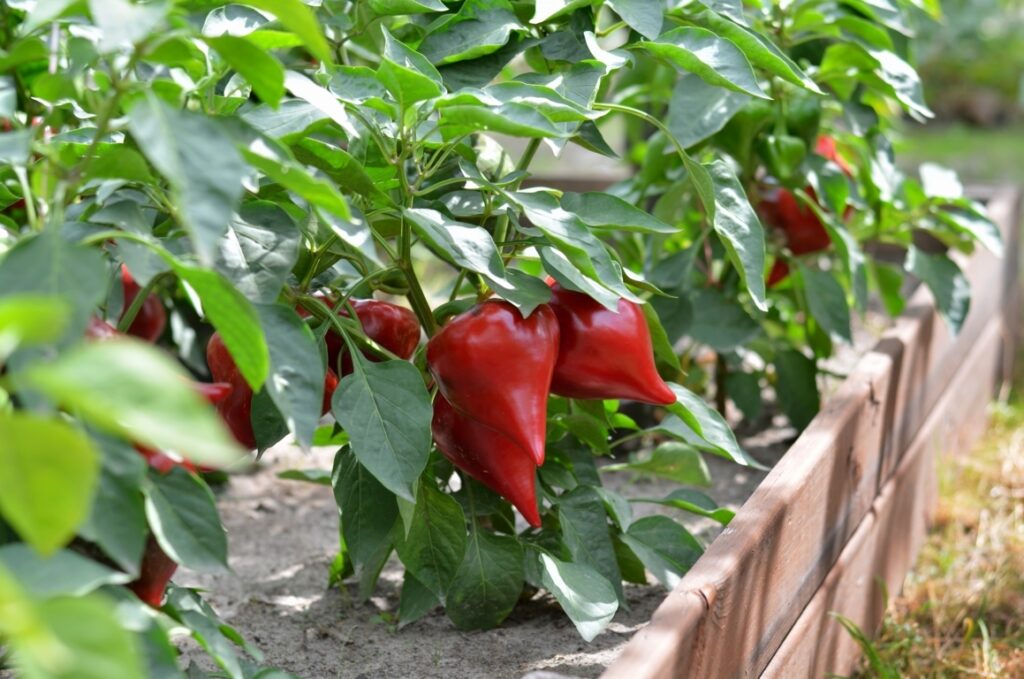
There’s nothing quite as delicious as a sweet and juicy ripe persimmon. But if you pick one too early or wait too long, the fruit can be sour, bitter, or tasteless. Knowing how to tell if a persimmon is ripe is key to enjoying this autumn treat!
This article will shed light on how to tell if a persimmon is ripe to eat.
Can you eat a Persimmon While it’s Unripe?

No, it is not recommended to eat a persimmon while it is unripe. Persimmons are astringent until they reach the ideal ripeness, and if eaten while they are still too firm, they will have an unpleasant taste due to their tannins. If a persimmon is not ripe enough, it can cause an unpleasant, bitter aftertaste. It is best to wait until the persimmon is ripe before consuming it.
Additionally, unripe persimmons may be more difficult to digest and can cause stomach discomfort. Eating a fully ripened persimmon will give you the sweetest flavor and help avoid potential digestive issues.
How do you know if a persimmon is ripe to eat?
To determine if a persimmon is ripe and ready to eat, there are certain steps that you can take. These include checking the color of the skin, feeling for softness, and smelling the fruit. If all three of these criteria indicate that the persimmon is ripe, then it should be safe to consume.
Ripening Characteristics of Various Persimmon Varieties
American:
The American persimmon, or Diospyros virginiana, is a round-to-heart-shaped fruit that can range in size from an inch in diameter to five inches.
How to tell if an American persimmon is ripe:
- It should be soft and pliable when ripe
- It will appear glossy, its skin somewhat wrinkled, with a deep orange-red color when fully ripe.
- The flesh inside should be orange in color, sweet and juicy.
Vanilla:
The Vanilla persimmon is an astringent type of fruit that requires ripening before it is edible. It should be picked when the fruit is deep orange and can easily be sliced with a knife. The sweetness of the fruit will increase as it softens and becomes slightly squishy to the touch.
How to tell if a vanilla persimmon is ripe:
- Look for a deep orange color, indicating the Vanilla persimmon is ripe and ready to eat.
- Gently press the fruit with your finger; it should be soft, but not mushy.
- Slice open the fruit; it should be sweet on the inside with no hint of astringency.
Fuyu:
Fuyu persimmon is the most popular variety in America. It has a squat, tomato-like shape. Its skin is yellowish-orange with sometimes dark freckles. Fuyu fruit remains crunchy even when ripe and can be eaten without peeling.
How to tell if a fuyu persimmon is ripe:
- When ripe, the skin of Fuyu persimmon should be a bright yellowish-orange color
- The fruit should feel slightly soft to the touch, and the stem end will yield to gentle pressure.
- The flavor is sweet with a hint of tartness when it’s ripe.
Hachiya:
The Hachiya persimmon is an astringent variety of the fruit native to Japan, and it has a very high tannin content. The flesh is typically firm and crunchy even when ripe.
How to tell if a hachiya persimmon is ripe:
- Look for a bright orange to deep red-orange color.
- The fruit should feel soft and a bit squishy when gently squeezed.
How to Ripen a Persimmon?
If you find a persimmon that is not quite ripe yet, don’t worry! It is possible to ripen it at home. Here are some tips on how to do it:
- Place the persimmon in a paper bag and store it at room temperature. The ethylene gas released by the persimmon will help it to ripen.
- Store the persimmon in a warm, sunny spot (e.g., windowsill). The warmth and sunlight can help in the ripening process.
- If you want to speed up the process, add an apple or banana to the paper bag with the persimmon. This will add additional ethylene gas, helping the persimmon to ripen faster.
- Check on your persimmon every few days and remove it from the paper bag when it has reached the desired level of ripeness.
Following these steps should help you enjoy a sweet and juicy persimmon!
Conclusion
Knowing how to tell if a persimmon is ripe can help you enjoy the fruit in its prime. The ripest fruits will have the sweetest flavor and least amount of astringency, making them ideal for snacking or baking. Different varieties of persimmons may require different methods of determining ripeness, so make sure to familiarize yourself with the characteristics of the variety you are buying.



